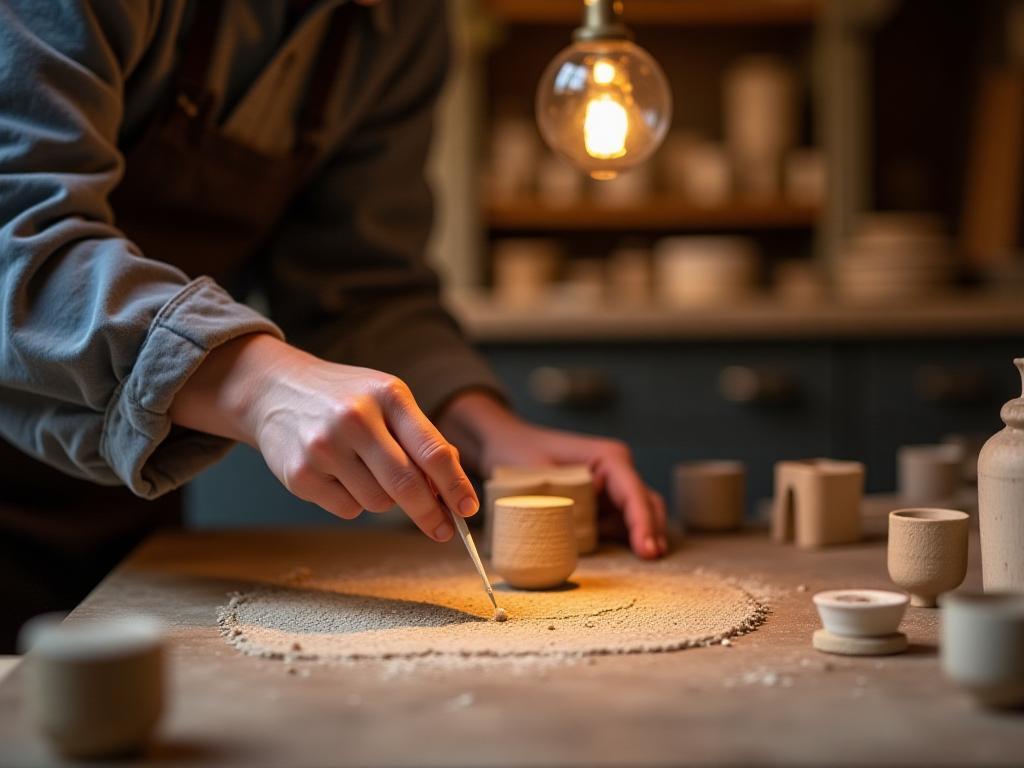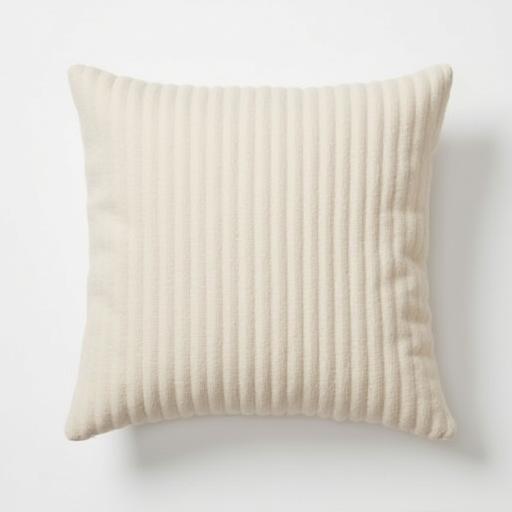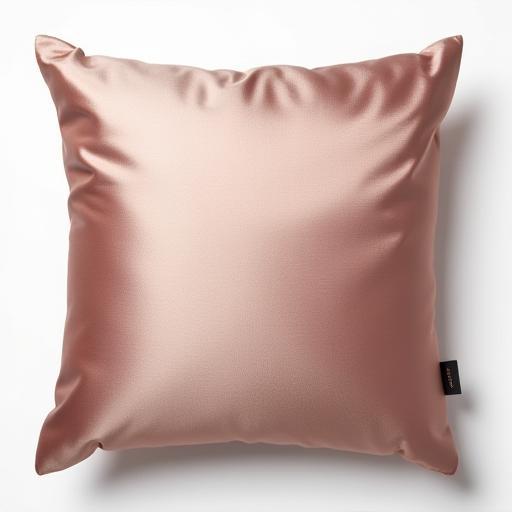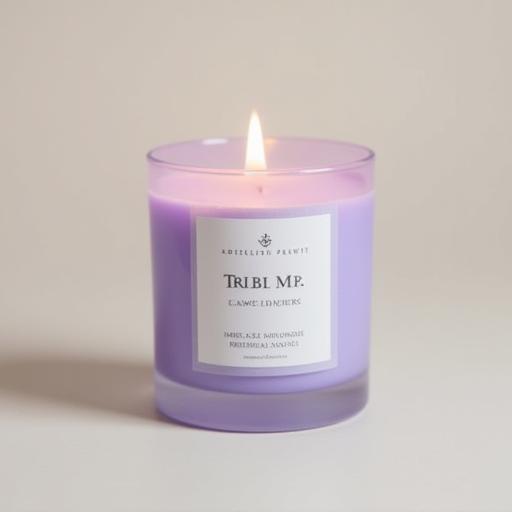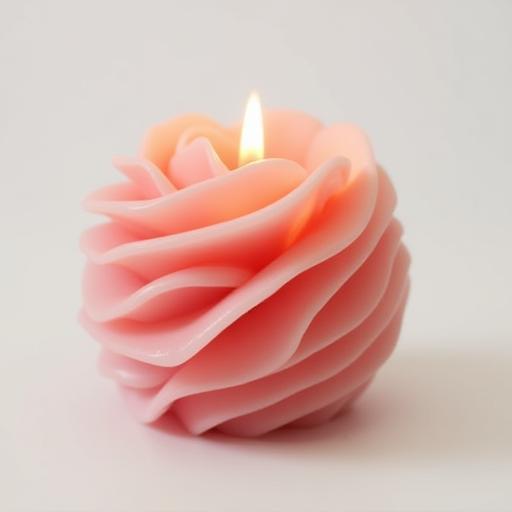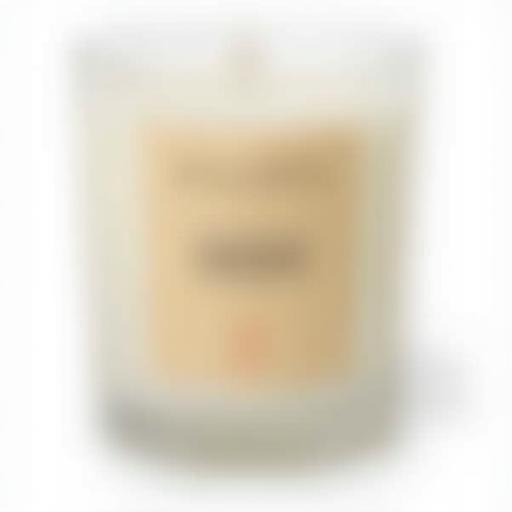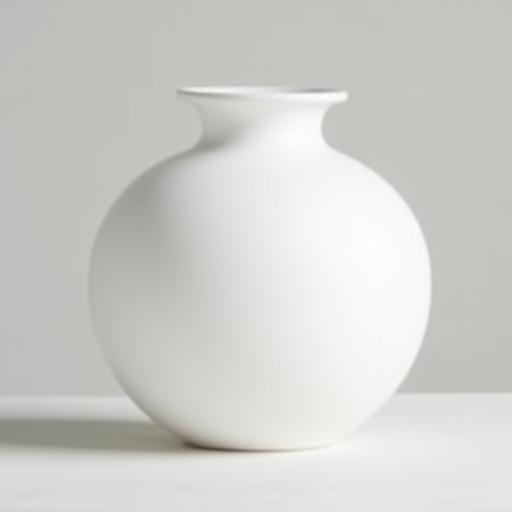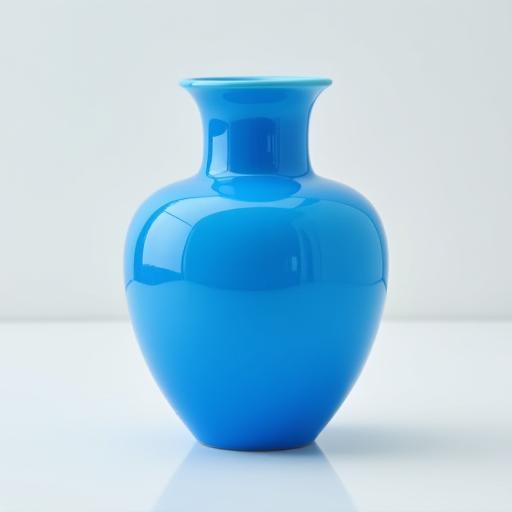Our Story: Crafting Parisian Elegance
Maison Élégance was founded in the heart of Paris, born from a deep appreciation for the timeless elegance and refined craftsmanship that the city embodies. Our journey began with a simple yet profound vision: to bring the essence of Parisian chic into homes around the world. We believe that true elegance lies in the details, in the subtle nuances of design and the impeccable quality of materials.
For generations, Parisian artisans have been celebrated for their dedication to their craft, their unwavering pursuit of perfection, and their ability to transform ordinary materials into objects of extraordinary beauty. Inspired by this rich heritage, Maison Élégance collaborates with local ateliers and skilled artisans who share our passion for excellence. Each piece in our collection is a testament to this collaboration, meticulously handcrafted with the utmost care and attention to detail.
Our mission extends beyond simply creating beautiful home accessories. We strive to curate experiences, to evoke emotions, and to transform living spaces into havens of comfort and style. From the initial design sketches to the final finishing touches, every step of our process is guided by a commitment to sustainability, ethical sourcing, and enduring quality. We carefully select natural, high-quality materials, ensuring that our products are not only luxurious but also environmentally conscious.
At Maison Élégance, we are more than just a brand; we are a family of artisans, designers, and connoisseurs of beauty. We are driven by a shared love for Parisian aesthetics and a desire to share this passion with the world. We invite you to explore our collections and discover the art of Parisian living, reimagined for the modern home. Let Maison Élégance help you create spaces that are not only beautiful but also deeply personal and reflective of your unique style and taste.
Discover the difference that handcrafted elegance can make. Welcome to Maison Élégance, where Parisian style meets the art of living.
